The most expensive project-car mistakes
Making mistakes is human. Unfortunately that is a fact of life. We just can’t get it right every time, all the time. Tougher than that reality is the one that suggests some mistakes carry more weight than others. I mean, just ask anyone that has a project car.
It is nearly a rite of passage to drop a bolt, slip an adjustment inadvertently, or just completely miss something while working. It happens to all of us, but as noted not all of these mistakes are as easily forgotten or forgiven. As an example, we rounded up some of the worst mistakes you can make working on a project car.
That’s not the jack point…
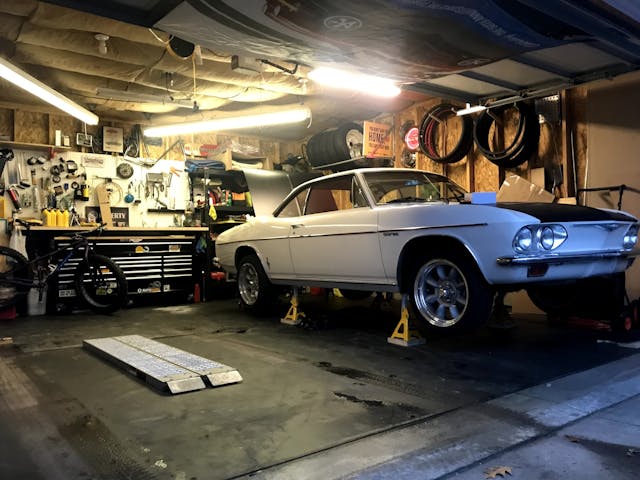
Even just a simple oil change often requires lifting your vehicle and placing it on jack stands. Doesn’t matter if its ignorance or just being in a rush, people have learned that where they placed the jack to lift the car was, well, not where they should be lifting. This can cause crumpling of trim, floors, or other sheetmetal parts which can be costly to repair properly. Even worse, there are times when jacking or supporting a car by fragile differentials or suspension pieces can affect alignment or other safety aspects without the driver even realizing it.
Service and owners manuals outline the proper lifting points and sometimes it seems trivial to look something so simple up, but the potential damage is not worth the time savings of a risky pick up point.
Starting the engine without oil
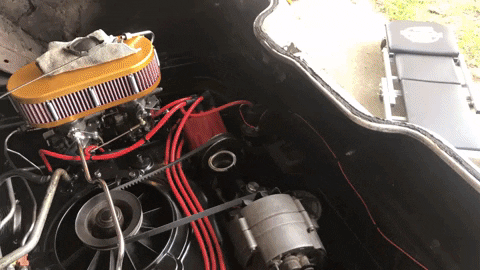
The final steps of assembling an engine are borderline intoxicating, and can be even more so if you have friends around waiting to hear the first startup. One of the last steps is filling the engine with oil. You’re in for a really bad day should that slip your mind for some reason. This can also be true for an extensive project where the engine stays in the chassis and you lose track of the steps and the realization often washes over in waves of “oh no.”
Project tracking is tough, but this one is simple to prevent. At the same time that you drain the oil, place a label (like blue painter’s tape with black ink writing) over the ignition switch, disconnect ignition coil, or even let a battery terminal hang loose. Only remove that label and reconnect power to allow the engine to run once the crankcase is properly lubricated.
Underestimating the power of ice

Encountering ice while driving can be treacherous, but if your vintage car encounters ice while parked it can be even worse. Water expands with great force as it freezes–enough to split engine blocks or otherwise destroy an engine. (Or ancillary pieces like a water pump.) As water freezes it can expand as much as 9% and exert a total force of over 100,000 psi of pressure. Even an iron engine block doesn’t stand a chance against that.
If your project car has any chance of seeing freezing temps, be sure that the cooling system is filled with the appropriate mix of antifreeze. Not only will this keep freezing at bay, there is additional benefits that antifreeze carries, like lubrication for seals in the cooling system and additional cooling capacity. Straight water should be left for track-only vehicles where the slipperiness of most coolants is banned for safety reasons, though special formulation antifreeze mixtures exist for just such use cases.
In search of shine
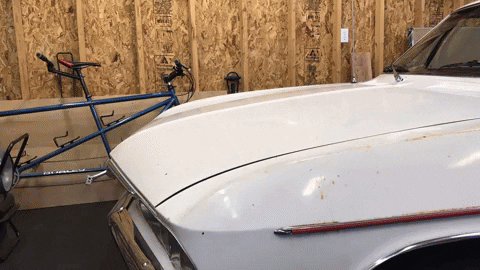
While hazed-over paint and flat patina has its place, many enthusiasts want cars to be shiny and slick. A well polished and waxed paint job can absolutely take a car over the top. Unfortunately the process to get that finish requires a gamble of carefully sanding–that is all polishing is after all–the finish. Use the wrong compound, machine setting, or pad on a polisher and suddenly the paint is burned through. Also watch out for the edges where paint gets thinner than the open flat surfaces.
This is a tough one because–short of owning a paint meter–there is no way to know exactly how thick the paint is. Taking a measured, careful approach to cleaning up aging paint is always recommended and most of the time that means starting with manual polishing. Hand polishing an entire car is tedious, but doing at least a few places could save you more than a little frustration of seeing the primer underneath pop through. Working by hand also allows you to see exactly how much work needs to be done to achieve you desired result and then you can scale that appropriately to using a machine.
A terminal mistake
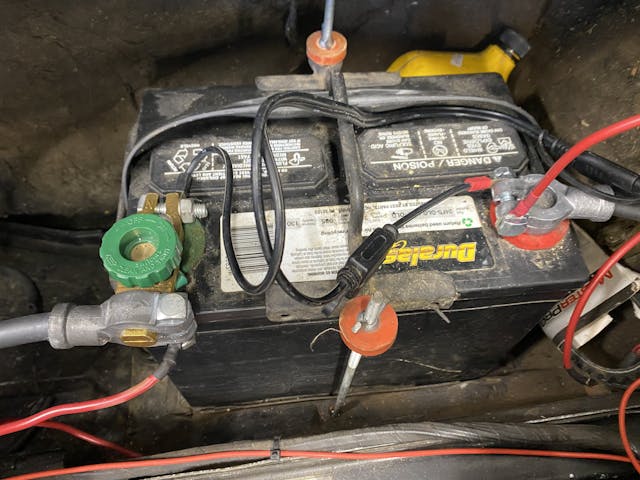
Electricity is dangerous for a bunch of reasons, but its indifference to polarity is a strong reason to be extra mindful when reconnecting it to a car. The battery doesn’t care how its flow of electrons affect what it is connected to, so all it would take is an errant touch of the wrong terminals to fry an engine or transmission control module in modern cars. Vintage cars are a little safer but it is very much still possible to melt down a wiring harness if not careful with connections.
Keeping this at bay does require a little extra work in some cases, but properly color matching the battery cables with the polarity is a good start. Should you have a truly vintage car like a Model A Ford, you need to be aware of the positive ground and not get mixed up when making connections. If unsure, research and find out the proper way before you end up rewiring a cooked wiring harness.
Well that didn’t need a hole in it…
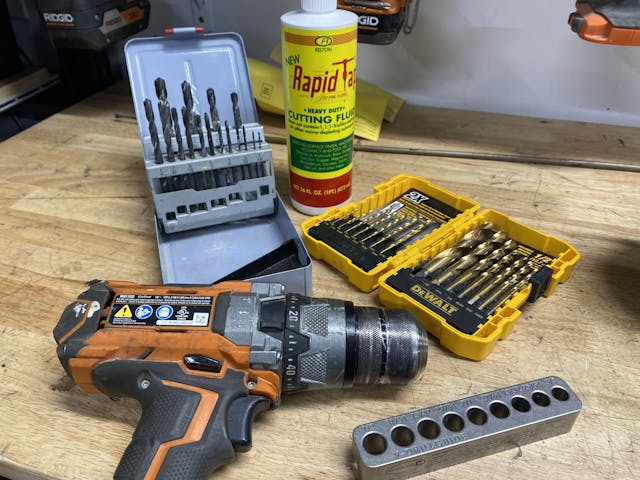
When parts and pieces don’t come apart like they should or you are mounting something new, there’s a legitimate need to make a hole where there wasn’t one. Grab the drill, chuck up a sharp spiral bit and watch the chips fly. Did you check what was behind that panel before you shoved a spinning cutter through it? You’re likely to get bad news if you didn’t.
Sometimes viewing what’s behind a panel is impossible, but to blindly drill holes is asking for trouble. Either look where you are going, or start with a very small (think 1/8″) pilot hole drilled very carefully so that the bit barely–if at all–breaks through the workpiece. This allows you to insert a pick (or similar) to get a depth gauge or feel what you might be up against.
Spilling the forbidden sauce

So many chemicals that go in and around your car are great for one specific part or system, while being absolutely horrible for everything around it. Case in point: brake fluid. Hell hath no fury like brake fluid’s ability to ruin a car’s finish. Paint will lift right off, rubber gaskets/bushings will swell and distort, and brake fluid can even ruin your brakes if spilled on friction surfaces and not cleaned properly.
Treat every automotive fluid or chemical as though it will damage delicate surfaces. The chance is too high that a random bottle of something will create a problem you don’t want to deal with.
To err is human, but to avoid these big ticket expenses is enlightened automotive restoration.

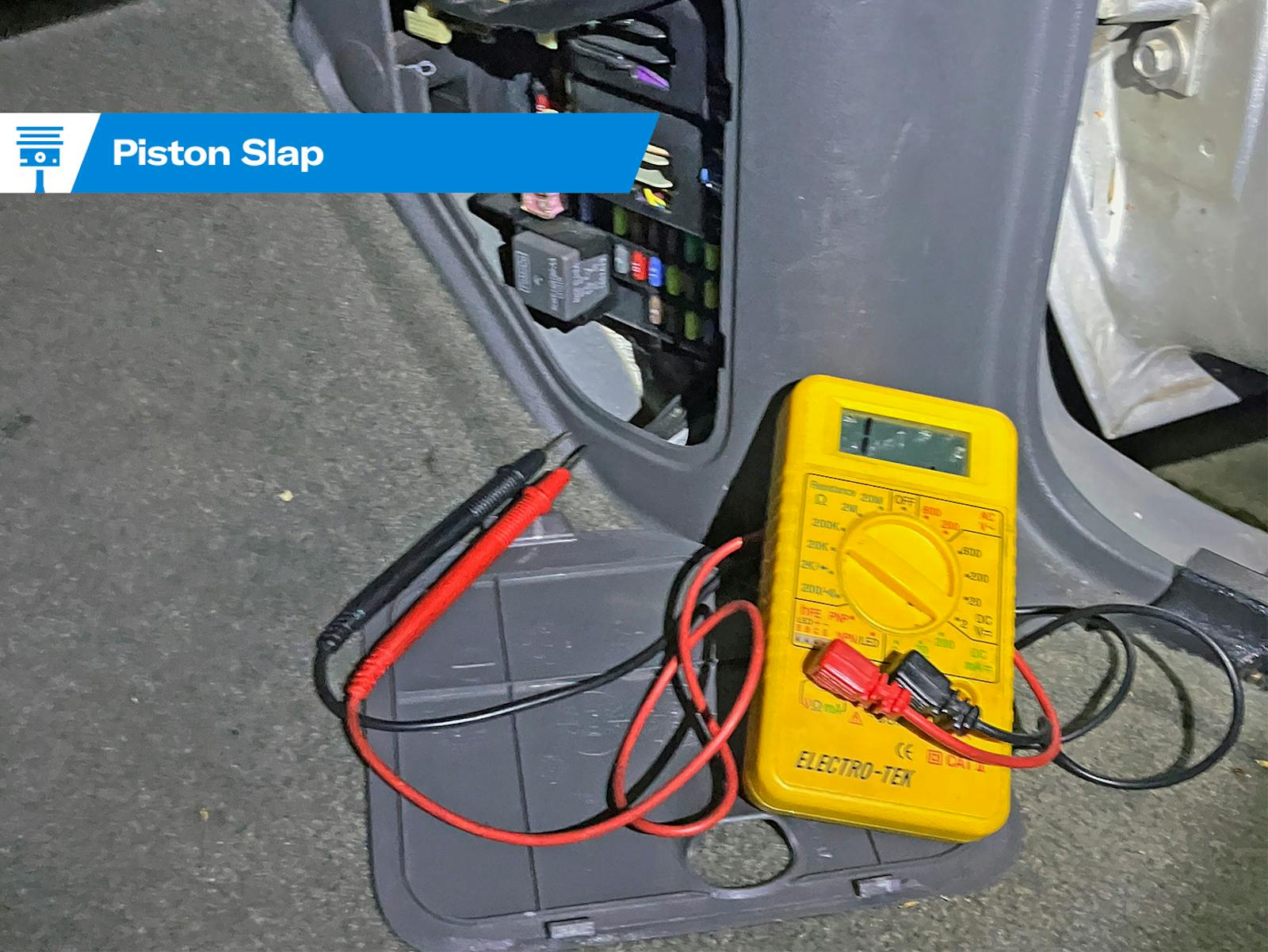

LOOK BEFORE YOU DRILL! While installing a roll-bar in my VW GTI, I didn’t and had to replace a brake line. The first clue was when I pulled the drill back out of the hole, it was wet. SH*#@&T!
I’ve done everyone of these mistakes except for damaging the paint with a buffer. I bought a 1982 Porsche 928S that the seller did that for me. One short of a straight!
Ah, so many mistakes… Left-hand threads on some 60’s Chrysler lug nuts. 57 ford 6-cyl timing gear you don’t line up the marks on the gears, they borrowed the gears from another engine and you count chain links between them. When welding under a car and your eyes seem to be adjusting too well to the task, make sure that you didn’t bump a fuel line with the electrode and create an expanding fire (I turned and blew it out, surprisingly). Before you drive a car that has been worked on off and on over a long period, make sure that you check the lug nuts were tightened (got down to two very loose nuts, I could feel it in the steering and was wagging the wheel back and forth as I drove trying to figure out what was amiss). Don’t do a power slide through an intersection if a police car is right there (he let me off). Don’t close the convertible top without latching for a temporary shade when parked, if you forget and drive off later it’s not pretty (only lost a hydraulic cylinder). Don’t park where someone is prone to back into your car (across from driveways, etc). I’m getting old, my next good mistake may be my last…
Heck, I think Steve should write a book! Please don’t make a fatal one, friend… 🙂
Been there done that, bought the T shirt.
Always check the removed oil filter for the rubber gasket because they will sometimes stick to the car. Had this happen to a 70 Cuda, after the oil change. Wife took the car to the store, walked to the driveway and saw the trail of oil. Now I always look under the car when I crank the car after an oil change, also make sure I check the old filter.
The worst one i did was crank a rebuilt small block chevy and forgot to put the oil pressure switch in. I spent a few hours cleaning oil off the ceiling, car, and floor.
Lessons learned the hard way stay with you. A good friend sought my help with a brake job on his 47 Plymouth. This was a stock ride with Chrysler corp’s dual brake cylinders at each wheel. I had a 48 Chevy a year longer which made me the ‘antique expert’. While sitting cross-legged at a front wheel, straining to reattach a return spring, the car slid off of the scissor-jack that my friend used. The backing plate came down on my boot and fortunately bounced off. I was screaming in pain, trying to get the boot off, since the foot was already swelling and purple! All five long bones in that foot were broken and I wore a cast for half the summer. Worst part was driving with the cast — left leg would catch the edge of the seat when releasing the clutch and I’d be slow-rolling with the clutch slipping. From that day on I NEVER trusted anyone else’s jacking or stand placement unless I double-checked it and then rocked the car as hard as I could.
Great article as I can relate to most (if not all) gaffes! One I particularly remember was from the days batteries had removable caps to add acid/water. My dad asked me (a budding 12 year old wrench) to check the battery fluid. I carefully set the caps on the fender of our brand new car and topped off the battery. The 6 caps had left an interesting design on the top of the fender. Lesson learned!
These mistakes can happen. Working with someone helps avoiding them.
Corvair factory scissor jack: Jacked up Corvair rear end. Removed tires. Left to go get jackstand. When I came back a few minutes later, the car was sitting on the ground. Scissor jack worm gear shaft had stripped all the way from one end to the other end. Completely rounded off thread. Never trusted a scissor jack again. Lucky my hands were not underneath when jack stripped.
Reminds me of the time I did an oil change on an old clunker we had. Used up the cheap and nasty oil found at the back of the cupboard. What I had forgotten was that I got 4 litres of something that was not oil from work and put it in this old oil container. Didn’t realise my mistake until the next day when I wanted to drive somewhere. Turned the key but the motor wouldn’t crank. Checked the dipstick which didn’t want to come out. Pulled the sump drain plug and nothing came out. Poked a screwdriver into the sump plug hole and pulled out a sample of the contents. Figured that I had put 3.5 liters of oil looking adhesive into the motor.
Overcame the problem by heating the sump with a hand held LPG torch until the sump contents re-liquafied and dribbled out of the plug hole. Screwed a new filter on, filled the motor with real oil and crossed my fingers.
Luck was with me. Motor cranked, fired and ran fine till the brakes finally made the vehicle a non goer (years later).
As a television engineer, wiring doesn’t totally intimidate me. But unlike working on tv equipment, there’s not a simple on/off switch with a car’s 12v system. Except, there kind of is. After experiencing melted wires and smoke from an aftermarket gauge cluster in my 51 Chevy 3100 (they stupidly made gauge pod mounts of metal instead of plastic and too close to the positive lead) I installed a ground-wire cutoff switch. I put this switch under the passenger seat. It’s easy to reach, but you have to know it’s there. Because the factory original location for the battery is under the floor, this saves me time disconnecting the battery system whenever I’m working on my truck. It’s also a quick emergency switch in case I do find some hot wire has found its way to ground. Not only that, it’s a great way to keep potential thieves at bay.
Drilling with out looking, I was a new employee in a Ford dealer and was asked to install a roof rack on a station wagon (remember them??). When I drilled the first hole, the drill bit would not come out. I had the headliner wrapped around it and it destroyed the whole headliner as it was all one piece